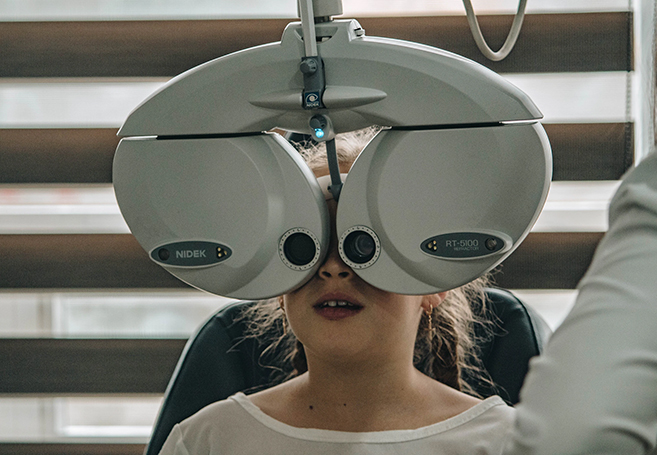The COVID-19 pandemic has changed life as we know it. Globally, it has affected more than 65 million people with nearly 1.5 million deaths. As the novel coronavirus continues to ravage the world, people are being forced to retreat into their homes and embrace social distancing as a way of life. Even something as simple as going for a routine eye checkup has become potentially life-threatening. In addition to transforming people’s lives, the pandemic has also revolutionized the way businesses operate. From restaurants and shopping malls to hospitals and private clinics – every business has had to devise new ways to stay afloat amidst this crisis. As we witness a new surge in the number of coronavirus cases, this situation isn’t likely going to improve any time soon.
The Challenges of Optometry
While the pandemic has affected every branch of medical practice, optometry comes with a unique set of challenges. To begin with, even a simple eye exam requires close contact between the patient and their OD. This, in turn, makes it difficult to maintain social distancing and jeopardizes the health and wellbeing of everyone involved. Also, while other branches of medicine have easily switched to teleconsultation, the transition hasn’t been as smooth for optometry. This is because eyesight tests and vision screening procedures require a standardized environment to deliver accurate results.
This, in turn, makes it difficult for ODs to offer the right diagnosis and treatment for patients over the phone. It’s particularly challenging to provide the right care for serious conditions such as glaucoma, diabetic retinopathy, etc. Consequently, many optometry practices were forced into temporary closure at the beginning of the pandemic. Even as lockdown restrictions have started being lifted, patients are still skeptical about going for a face-to-face eye exam or consultation.
So, with no end to the pandemic in sight, what’s the way forward for optometry? In this blog, we’ll outline a few techniques that today’s ODs and optometry practices can adapt to sustain their businesses while providing the right care to their patients. Let’s get started.
Navigating Rules and Regulations
First things first – you can’t keep your optometry practice going amidst a pandemic without keeping an eye on the latest guidelines and best practices outlined by various regulatory bodies. From the latest CDC guidelines on safety and hygiene protocols to the rules of loan and lease relief programs – you need to have a deep understanding of various regulations. Is there a way to defer your lease payments for the coming months? What steps should you follow if an employee or their family members test positive for COVID-19? How can you build confidence in your staff and encourage them to come back to your practice?
You need to know the right answers to these questions before you consider continuing or resuming regular operations. The pandemic has caused many changes in how virtually every business operates. Luckily thought leaders like PECAA have rounded up the best COVID-19 optometry resources for you to better understand how your practice can manage these trying times. Instead of scouring the internet for the right answers, you get access to all relevant resources on one platform.
Adopting Telemedicine
While telemedicine poses certain challenges and limitations for ODs, it’s still the best way to sustain your practice in the present scenario. Access to modern communication technology, such as video conferencing apps, can make this transition smoother. You can also use a digital eye care app like EyecareLive to monitor your patients’ health and provide them with the right care. This can be particularly useful in diagnosing and treating conditions, such as conjunctivitis, blepharitis, etc.
Maintaining In-Office Safety
Despite the best technology, certain patients are going to need a face-to-face consultation for accurate diagnosis and treatment. So, how can you minimize the risks for your staff and patients during a face-to-face consult? To begin with, you need to significantly cut down on the number of patients you see in-person every day. This will allow your staff to individually screen every patient and assess whether they’ve got any symptoms of COVID-19 right now or in the past couple of weeks. Needless to say, you need to do thorough temperature checks before any patient is allowed inside your clinic. Also, provide your staff and patients with high-quality PPE to minimize the risk of infection.
It’s worth mentioning here that you need to assess a patient’s health history and determine whether they need an in-person appointment right now. For instance, a routine eye checkup or cataract surgery can wait for a few weeks. However, retinopathy and macular degeneration patients will need regular in-person follow-ups. What techniques have you used to keep your optometry practice operational amidst the pandemic? Share your tips in the comments section below.
Photo credit: NRD via Unsplash
.
.


